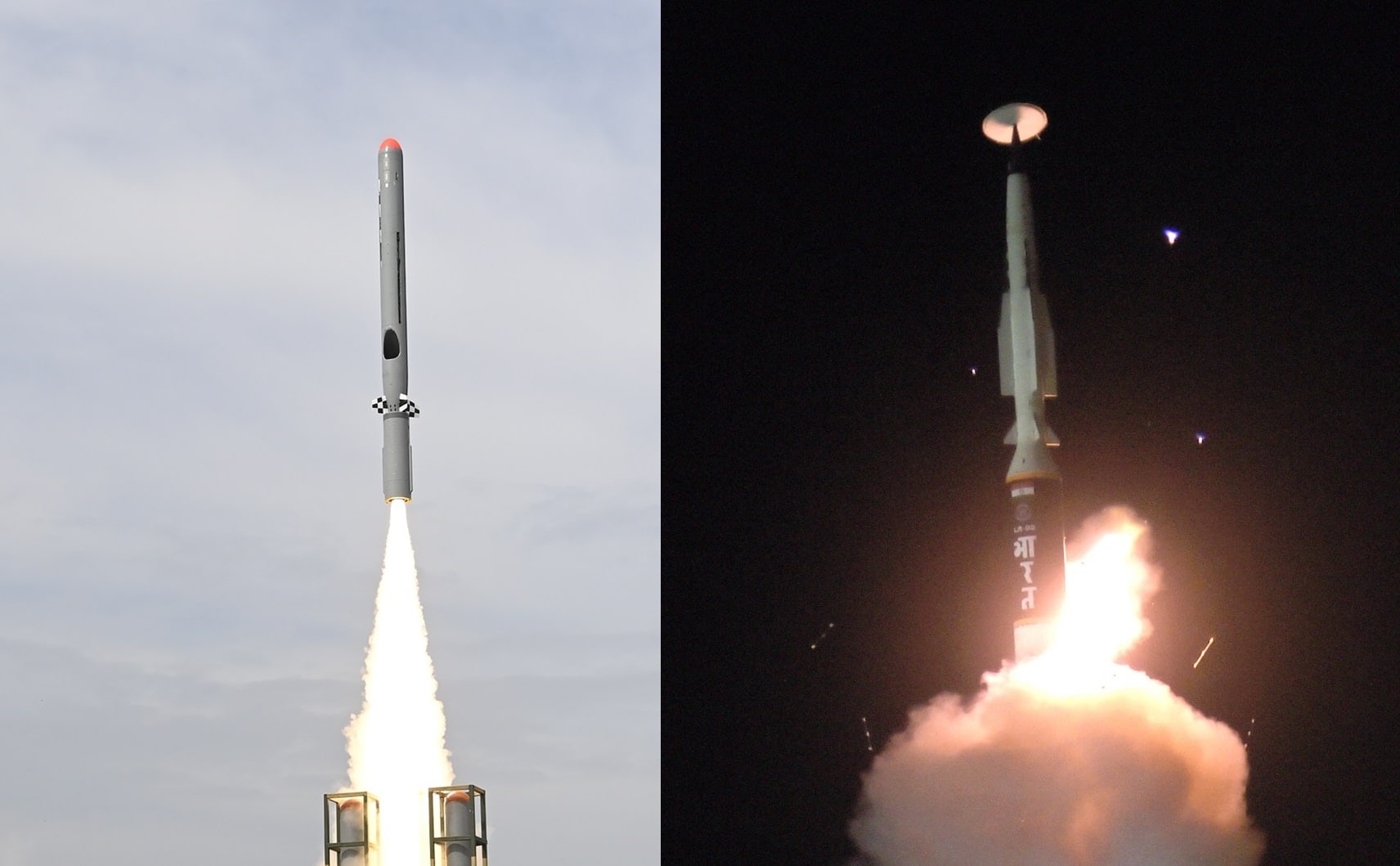India Conducts Maiden Tests of Long Range Hypersonic and Subsonic Naval Missiles
India's New Hypersonic and Long-Range Missiles: A Major Step in Defence Strength

India’s First Hypersonic Missile Successfully Tested
On November 16, India made a big leap in defense technology. The Defence Research and Development Organisation (DRDO) successfully tested India’s first long-range hypersonic missile. According to the Ministry of Defence (MoD), this missile can carry different types of warheads and has a range of over 1,500 kilometers. The test showed that the missile could hit its target with great accuracy, completing complex maneuvers before impact.
Earlier Missile Test Success
Just days before, on November 12, DRDO conducted another important missile test. This was the first flight of the Long Range Land Attack Cruise Missile (LRLACM), launched from a mobile platform. The MoD reported that all parts of the missile worked well, and the main goals of the test were met.
What Do These New Missiles Mean?
India’s Navy currently relies on the supersonic BrahMos missile as its primary strike weapon. But the new missiles—the LRLACM and the hypersonic Long Range Anti-Ship Missile (LRAShM)—are set to provide even more options. Both missiles can reach targets farther than the BrahMos, which is being upgraded to a range of about 900 kilometers. These new weapons will offer longer-range capabilities for India’s Army, Air Force, and Navy.
Reports and Development Updates
News about the LRAShM first appeared in late 2023. According to reports, the initial test might have happened in October 2023, covering a distance of around 2,000 kilometers. In a December 2023 review, the MoD confirmed that the missile’s development was on track, with successful flight tests at the Integrated Test Range.
The MoD also noted that the November 2024 hypersonic missile test was a significant first for India. The missile featured a special hypersonic glide vehicle (HGV) payload. This HGV allows the missile to perform advanced maneuvers before hitting its target, unlike traditional ballistic missiles, which follow a simpler path.
What We Know About the New Hypersonic Missile
Based on available information, the hypersonic missile is about 14 meters long, 1.4 meters wide, and weighs less than 20 tons. It can be launched from both warships and land-based systems, making it highly versatile for different military needs. The missile’s range is expected to cover a 1,700-kilometer area.
A Missile for All Military Branches
The hypersonic missile is not just for the Navy. It is designed to be used by all three branches of the military—Navy, Army, and Air Force. Reports suggest that the missile could have an anti-ship version, giving the armed forces more flexibility in different combat scenarios.
The LRLACM is a project approved by the Defence Acquisition Council and is classified as a “Mission Mode Project.” This means it is a high-priority initiative for India’s defense needs. It was developed by the Aeronautical Development Establishment (ADE) of DRDO, with Bharat Dynamics Limited and Bharat Electronics Limited working as key partners. These companies are responsible for making and assembling the missile.
Features of LRLACM
The LRLACM can be launched from the ground using a mobile platform and from ships using a vertical launch system. The Indian Navy is updating many of its ships to use the Indian-made launch system instead of older Russian ones. The missile is part of a family of weapons that includes submarine-launched and air-launched versions, all based on earlier projects like the Nirbhay cruise missile. The LRLACM uses a Small Turbo Fan Engine (STFE) called “Manik,” developed by DRDO. This engine is also produced by BrahMos Aerospace in Thiruvananthapuram.
Who Will Use LRLACM?
The LRLACM will serve all three military services:
- The Indian Air Force plans to buy missiles worth about ₹10,000 crore.
- The Indian Army will purchase missiles valued at ₹4,000 crore.
- The Indian Navy will have more options for long-range attacks, beyond the capabilities of BrahMos.
Future Plans and Other Missiles in Development
In addition to LRLACM and LRAShM, the Indian Navy will have other missiles for shorter-range targets. DRDO is developing the NASM-SR and NASM-MR missiles to meet these needs.
Conclusion
With the successful tests of LRLACM and the hypersonic missile, India’s defense capabilities are set to strengthen significantly. These new missiles offer longer ranges, more advanced technology, and greater flexibility for all branches of the armed forces. They are expected to work alongside current weapons like the BrahMos, giving India a stronger and more versatile defense system.
